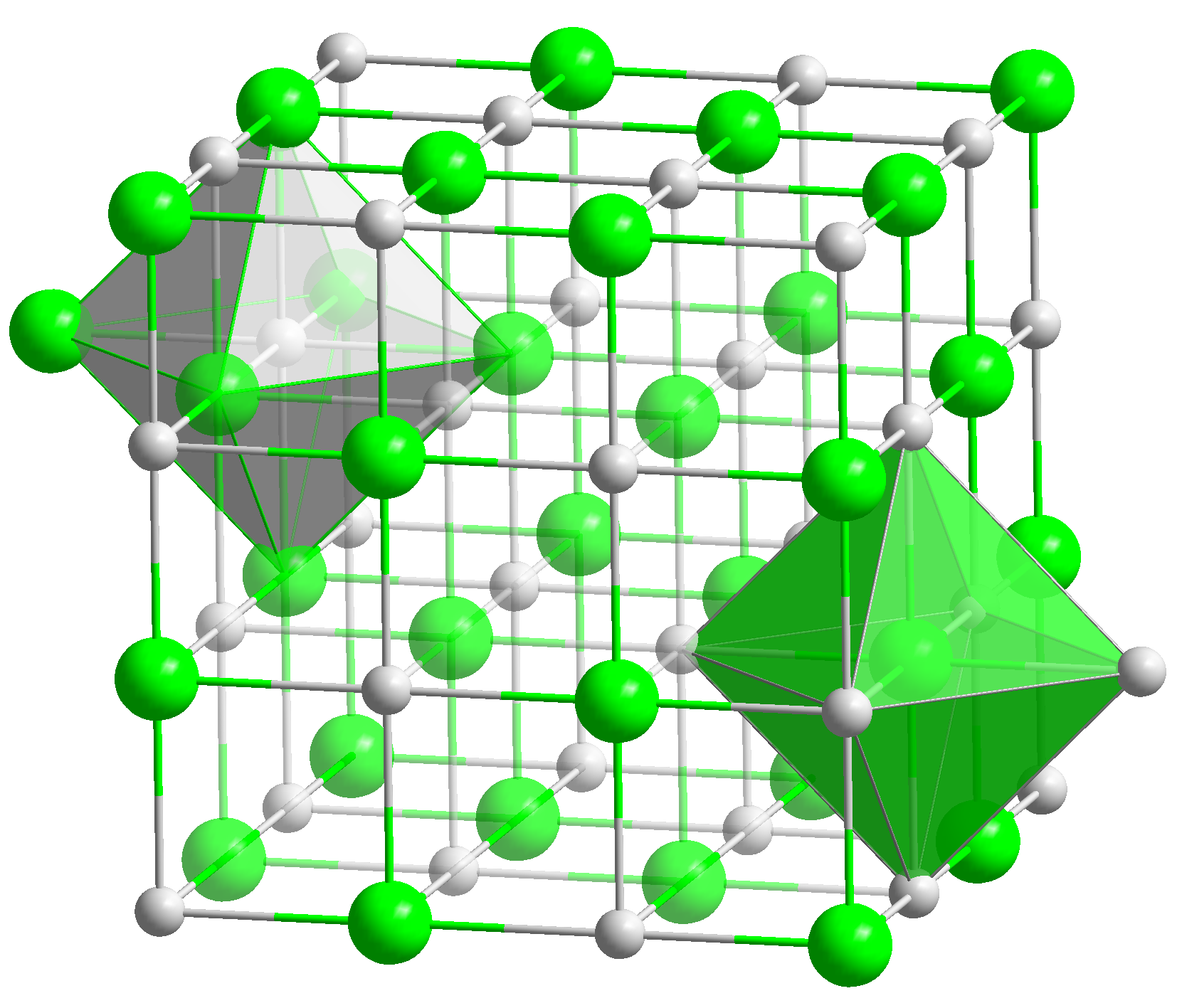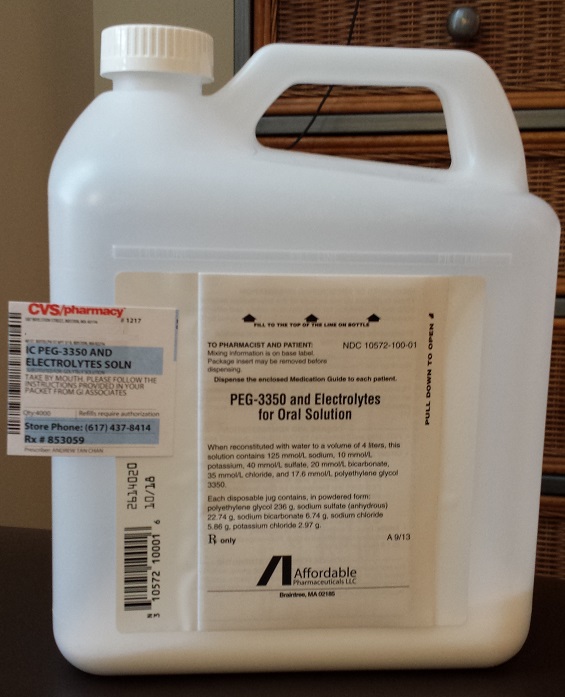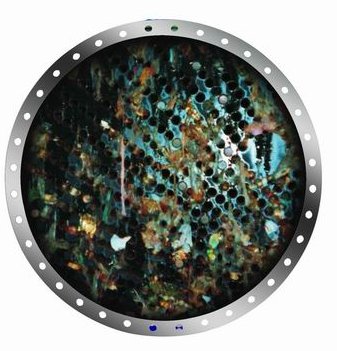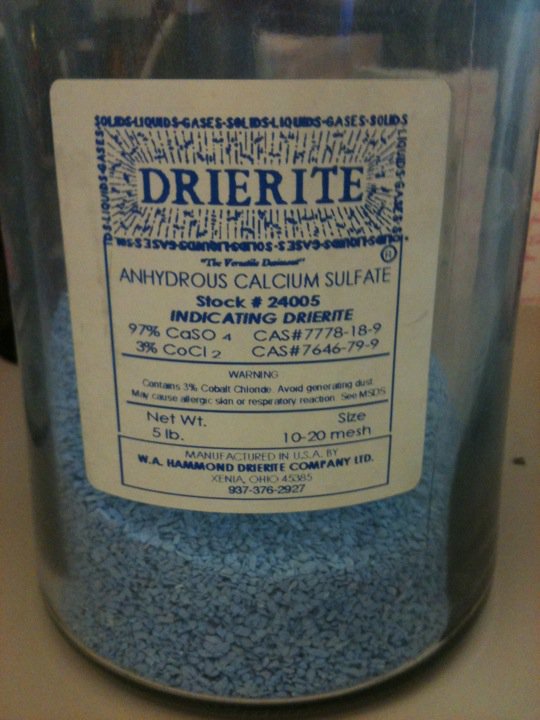|
Disodium Phosphate
Disodium phosphate (DSP), or disodium hydrogen phosphate, or sodium phosphate dibasic, is the inorganic compound with the formula Na2HPO4. It is one of several sodium phosphates. The salt is known in anhydrous form as well as forms with 2, 7, 8, and 12 hydrates. All are water-soluble white powders; the anhydrous salt being hygroscopic. The pH of disodium hydrogen phosphate water solution is between 8.0 and 11.0, meaning it is moderately basic: :HPO42− + H2O H2PO4− + OH− Production and reactions It can be generated by neutralization of phosphoric acid with sodium hydroxide: :H3PO4 + 2 NaOH → Na2HPO4 + 2 H2O Industrially It is prepared in a two-step process by treating dicalcium phosphate with sodium bisulfate, which precipitates calcium sulfate:Klaus Schrödter, Gerhard Bettermann, Thomas Staffel, Friedrich Wahl, Thomas Klein, Thomas Hofmann "Phosphoric Acid and Phosphates" in ''Ullmann’s Encyclopedia of Industrial Chemistry'' 2008, Wiley-VCH, Weinhei ... [...More Info...] [...Related Items...] OR: [Wikipedia] [Google] [Baidu] |
Sodium Phosphite
Disodium hydrogen phosphite is the name for inorganic compound In chemistry, an inorganic compound is typically a chemical compound that lacks carbon–hydrogen bonds, that is, a compound that is not an organic compound. The study of inorganic compounds is a subfield of chemistry known as '' inorganic chemist ...s with the formula Na2HPO3.(H2O)x. The commonly encountered salt is the pentahydrate. A derivative of phosphorous acid (HP(O)(OH)2), it contains the anion HPO32−. Its common name suggests that it contains an acidic hydrogen atom, as in sodium hydrogen carbonate. However, this name is misleading as the hydrogen atom is not acidic, being bonded to phosphorus rather than oxygen. The salt has reducing properties. It is white or colorless solid, and is little studied. References Phosphites Inorganic phosphorus compounds Sodium compounds {{Inorganic-compound-stub ... [...More Info...] [...Related Items...] OR: [Wikipedia] [Google] [Baidu] |
Sodium Bisulfate
Sodium bisulfate, also known as sodium hydrogen sulfate, is the sodium salt of the bisulfate anion, with the molecular formula NaHSO4. Sodium bisulfate is an acid salt formed by partial neutralization of sulfuric acid by an equivalent of sodium base, typically in the form of either sodium hydroxide (lye) or sodium chloride (table salt). It is a dry granular product that can be safely shipped and stored. The anhydrous form is hygroscopic. Solutions of sodium bisulfate are acidic, with a 1M solution having a pH of around 1. Production Sodium bisulfate is produced as an intermediate in the Mannheim process, an industrial process involving the reaction of sodium chloride and sulfuric acid: :NaCl + H2SO4 → HCl + NaHSO4 This step is highly exothermic. The liquid sodium bisulfate is sprayed and cooled so that it forms a solid bead. The hydrogen chloride gas is dissolved in water to produce hydrochloric acid as a useful coproduct of the reaction. Although not of commercial inter ... [...More Info...] [...Related Items...] OR: [Wikipedia] [Google] [Baidu] |
Sodium Compounds
Sodium atoms have 11 electrons, one more than the stable configuration of the noble gas neon. As a result, sodium usually forms ionic compounds involving the Na+ cation. Sodium is a reactive alkali metal and is much more stable in ionic compounds. It can also form intermetallic compounds and organosodium compounds. Sodium compounds are often soluble in water. Metallic sodium Metallic sodium is generally less reactive than potassium and more reactive than lithium. Sodium metal is highly reducing, with the standard reduction potential for the Na+/Na couple being −2.71 volts, though potassium and lithium have even more negative potentials. The thermal, fluidic, chemical, and nuclear properties of molten sodium metal have caused it to be one of the main coolants of choice for the fast breeder reactor. Such nuclear reactors are seen as a crucial step for the production of clean energy. Salts and oxides Sodium compounds are of immense commercial importance, being particularly centra ... [...More Info...] [...Related Items...] OR: [Wikipedia] [Google] [Baidu] |
Colonoscopy
Colonoscopy () or coloscopy () is the endoscopic examination of the large bowel and the distal part of the small bowel with a CCD camera or a fiber optic camera on a flexible tube passed through the anus. It can provide a visual diagnosis (''e.g.,'' ulceration, polyps) and grants the opportunity for biopsy or removal of suspected colorectal cancer lesions. Colonoscopy can remove polyps smaller than one millimeter. Once polyps are removed, they can be studied with the aid of a microscope to determine if they are precancerous or not. Colonoscopy is similar to sigmoidoscopy—the difference being related to which parts of the colon each can examine. A colonoscopy allows an examination of the entire colon (1,200–1,500mm in length). A sigmoidoscopy allows an examination of the distal portion (about 600mm) of the colon, which may be sufficient because benefits to cancer survival of colonoscopy have been limited to the detection of lesions in the distal portion of the colon. [...More Info...] [...Related Items...] OR: [Wikipedia] [Google] [Baidu] |
Constipation
Constipation is a bowel dysfunction that makes bowel movements infrequent or hard to pass. The stool is often hard and dry. Other symptoms may include abdominal pain, bloating, and feeling as if one has not completely passed the bowel movement. Complications from constipation may include hemorrhoids, anal fissure or fecal impaction. The normal frequency of bowel movements in adults is between three per day and three per week. Babies often have three to four bowel movements per day while young children typically have two to three per day. Constipation has many causes. Common causes include slow movement of stool within the colon, irritable bowel syndrome, and pelvic floor disorders. Underlying associated diseases include hypothyroidism, diabetes, Parkinson's disease, celiac disease, non-celiac gluten sensitivity, colon cancer, diverticulitis, and inflammatory bowel disease. Medications associated with constipation include opioids, certain antacids, calcium channel blockers, ... [...More Info...] [...Related Items...] OR: [Wikipedia] [Google] [Baidu] |
Laxative
Laxatives, purgatives, or aperients are substances that loosen stools and increase bowel movements. They are used to treat and prevent constipation. Laxatives vary as to how they work and the side effects they may have. Certain stimulant, lubricant and saline laxatives are used to evacuate the colon for rectal and bowel examinations, and may be supplemented by enemas under certain circumstances. Sufficiently high doses of laxatives may cause diarrhea. Some laxatives combine more than one active ingredient. Laxatives may be administered orally or rectally. Types Bulk-forming agents Bulk-forming laxatives, also known as roughage, are substances, such as fiber in food and hydrophilic agents in over-the-counter drugs, that add bulk and water to stools so that they can pass more easily through the intestines (lower part of the digestive tract). Properties * Site of action: small and large intestines * Onset of action: 12–72 hours * Examples: dietary fiber, Metamucil, Citru ... [...More Info...] [...Related Items...] OR: [Wikipedia] [Google] [Baidu] |
Tetrasodium Pyrophosphate
Tetrasodium pyrophosphate, also called sodium pyrophosphate, tetrasodium phosphate or TSPP, is an inorganic compound with the chemical formula, formula Na4P2O7. As a salt, it is a white, water-soluble solid. It is composed of pyrophosphate anion and sodium ions. Toxicity is approximately twice that of table salt when ingested orally.Handbook of food toxicology', S. S. Deshpande, page 260 Also known is the decahydrate Na4P2O710(H2O). D.L. Perry S.L. Phillips (1995) ''Handbook of inorganic compounds'' CRC Press Use Tetrasodium pyrophosphate is used as a buffering agent, an emulsifier, a dispersing agent, and a thickening agent, and is often used as a food additive. Common foods containing tetrasodium pyrophosphate include chicken nuggets, marshmallows, pudding, crab meat, imitation crab, canned tuna, and soy-based meat alternatives and cat foods and cat treats where it is used as a palatability enhancer. In toothpaste and dental floss, tetrasodium pyrophosphate acts as a Calculus ( ... [...More Info...] [...Related Items...] OR: [Wikipedia] [Google] [Baidu] |
Fouling
Fouling is the accumulation of unwanted material on solid surfaces. The fouling materials can consist of either living organisms (biofouling) or a non-living substance (inorganic or organic). Fouling is usually distinguished from other surface-growth phenomena in that it occurs on a surface of a component, system, or plant performing a defined and useful function and that the fouling process impedes or interferes with this function. Other terms used in the literature to describe fouling include deposit formation, encrustation, crudding, deposition, scaling, scale formation, slagging, and sludge formation. The last six terms have a more narrow meaning than fouling within the scope of the fouling science and technology, and they also have meanings outside of this scope; therefore, they should be used with caution. Fouling phenomena are common and diverse, ranging from fouling of ship hulls, natural surfaces in the marine environment ( marine fouling), fouling of heat-transfe ... [...More Info...] [...Related Items...] OR: [Wikipedia] [Google] [Baidu] |
Instant Pudding
Instant pudding is an instant food product that is manufactured in a powder form and used to create puddings and pie filling. It is produced using sugar, flavoring agents and thickeners as primary ingredients. Instant pudding can be used in some baked goods. Manufacturing Many flavors of instant pudding are produced. Sugar, a flavoring agent, and thickeners are primary ingredients. Instant chocolate pudding mix is manufactured using cocoa. A key ingredient in instant pudding is gelatinized starch, a dried instant starch that readily absorbs liquids, which causes the pudding to gel when mixed with milk. Additional ingredients sometimes used as a thickener include gums that are soluble in cold water, such as carrageenans and alginates. Phosphate salts are sometimes used, which contribute to the gelling of the finished product. Some Jell-O brand instant puddings are vegan, such as those in vanilla, lemon, banana crème, and pistachio flavors. Many flavors of instant pudding are ... [...More Info...] [...Related Items...] OR: [Wikipedia] [Google] [Baidu] |
Cream Of Wheat
Cream of Wheat is an American brand of farina, a type of breakfast porridge mix made from wheat middlings. It looks similar to grits, but is smoother in texture since it is made with ground wheat kernels instead of ground corn. It was first manufactured in the United States in 1893 by wheat millers in Grand Forks, North Dakota and debuted at the 1893 World's Columbian Exposition in Chicago, Illinois. The rice-based Cream of Rice also forms part of the product line, and is often a recommended early food for infants and toddlers and for people who cannot tolerate wheat or gluten. Cream of Wheat was owned by Nabisco from 1961 to 2000 when Nabisco was bought by Kraft Foods Inc. B&G Foods acquired the Cream of Wheat and Cream of Rice brands from Kraft in January 2007. History After the Panic of 1893, the Diamond Milling Company in Grand Forks was faced with low prices and reduced demand for flour. Diamond's Scottish-born chief miller, Tom Amidon, proposed that the company ... [...More Info...] [...Related Items...] OR: [Wikipedia] [Google] [Baidu] |
Trisodium Phosphate
Trisodium phosphate (TSP) is the inorganic compound with the chemical formula . It is a white, granular or crystalline solid, highly soluble in water, producing an alkaline solution. TSP is used as a cleaning agent, builder, lubricant, food additive, stain remover, and degreaser. The item of commerce is often partially hydrated and may range from anhydrous to the dodecahydrate . Most often found in white powder form, it can also be called trisodium orthophosphate or simply sodium phosphate. Production Trisodium phosphate is produced by neutralization of phosphoric acid using sodium carbonate, which produces disodium hydrogen phosphate. The disodium hydrogen phosphate is reacted with sodium hydroxide to form trisodium phosphate and water. : : Uses Cleaning Trisodium phosphate was at one time extensively used in formulations for a variety of consumer-grade soaps and detergents, and the most common use for trisodium phosphate has been in cleaning agents. The pH of a ... [...More Info...] [...Related Items...] OR: [Wikipedia] [Google] [Baidu] |
Calcium Sulfate
Calcium sulfate (or calcium sulphate) is the inorganic compound with the formula CaSO4 and related hydrates. In the form of γ-anhydrite (the anhydrous form), it is used as a desiccant. One particular hydrate is better known as plaster of Paris, and another occurs naturally as the mineral gypsum. It has many uses in industry. All forms are white solids that are poorly soluble in water.Franz Wirsching "Calcium Sulfate" in Ullmann's Encyclopedia of Industrial Chemistry, 2012 Wiley-VCH, Weinheim. Calcium sulfate causes permanent hardness in water. Hydration states and crystallographic structures The compound exists in three levels of hydration corresponding to different crystallographic structures and to minerals: * (anhydrite): anhydrous state. The structure is related to that of zirconium orthosilicate (zircon): is 8-coordinate, is tetrahedral, O is 3-coordinate. * (gypsum and selenite (mineral)): dihydrate. * (bassanite): hemihydrate, also known as plaster of Paris. S ... [...More Info...] [...Related Items...] OR: [Wikipedia] [Google] [Baidu] |







